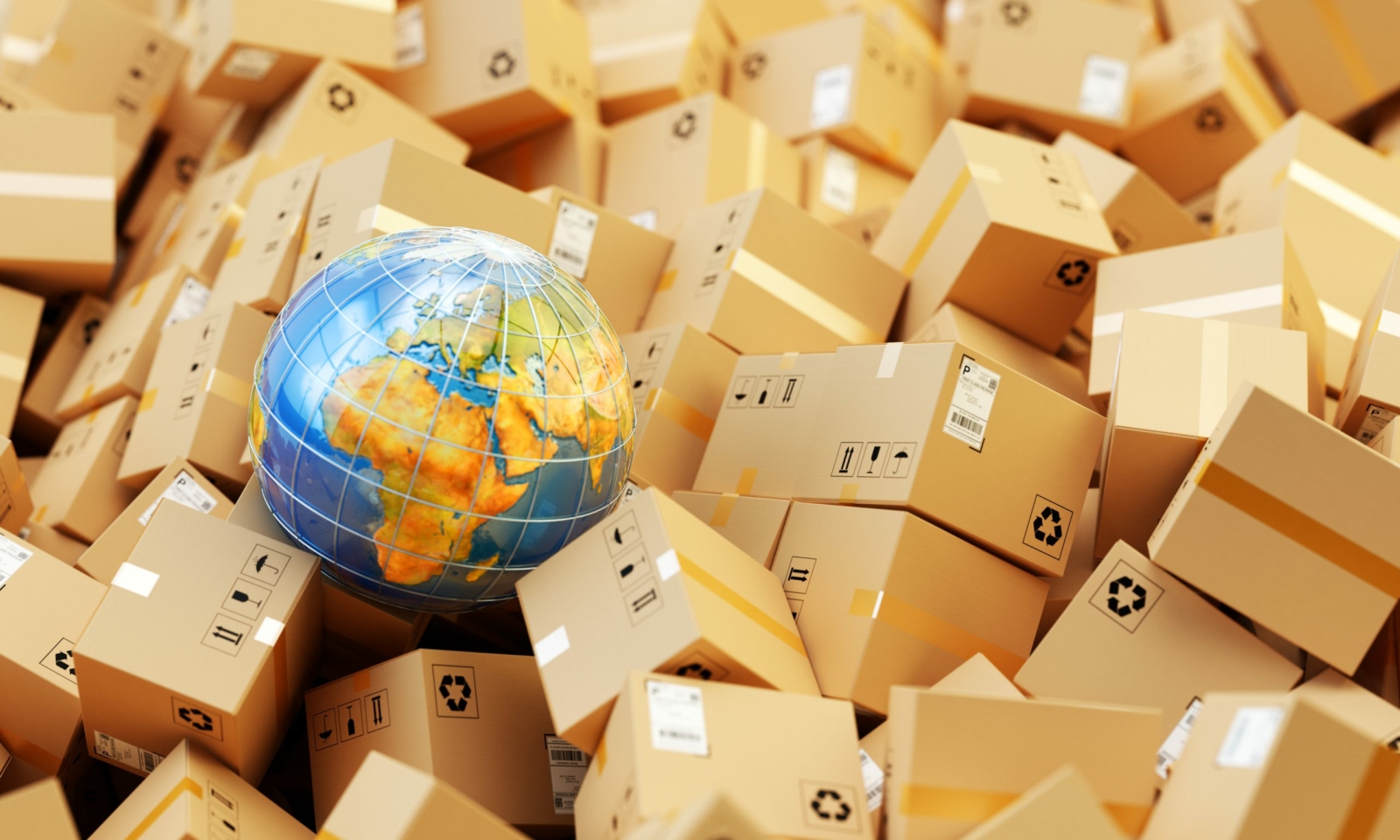Expanding your ecommerce business beyond borders can open up a world of opportunities for growth and increased revenue.
But venturing into the international market requires a well-thought-out strategy to navigate the complexities of different cultures, regulations, and consumer behaviours.
In this guide, we’ll explore the essential steps to create a successful international ecommerce strategy for brands looking to sell in multiple countries.
International ecommerce strategy: 7 steps
1. Know your audience
Market research
Understanding your potential customers in each target market is the first crucial step. Conduct thorough market research to identify cultural nuances, consumer preferences, and local competitors. Take into account factors such as language, payment preferences, and shopping habits to tailor your offerings to meet the specific needs of each market.
2. Speak their language
Localised website and user experience
Adapting your website and user experience to the local language is key to building trust and engagement. Invest in professional translation services to ensure accurate and culturally relevant content. Additionally, consider localising your website design, navigation, and imagery to resonate with the target audience.
3. Simplify transactions
Payment and currency considerations
Different countries have varying payment preferences, and currency exchange rates can impact pricing. Offer a range of payment options that cater to the preferences of your target audience. Clearly display prices in the local currency to avoid confusion and enhance the customer experience. Collaborate with reliable payment processors that can handle international transactions securely.
4. Optimise for efficiency
Shipping and logistics
Efficient and reliable shipping is critical for international ecommerce success. Partner with reputable international carriers and optimise your logistics to ensure timely and cost-effective delivery. Clearly communicate shipping costs, delivery times, and any potential customs duties or taxes to provide transparency for your customers.
5 Navigate the legal landscape
Compliance with local regulations
Every country has its own set of regulations governing ecommerce, including data protection laws, consumer rights, and taxation. Stay informed about the legal requirements in each target market and ensure that your business complies with local regulations. This not only helps you avoid legal issues but also builds trust with customers.
6. Provide excellent customer service across time zones
Customer support
Offering responsive and multilingual customer support is crucial for international ecommerce success. Provide contact options such as live chat, email, and phone support, and ensure that your support team is well-versed in the languages and cultures of your target markets. Consider time zone differences when establishing support hours to address customer inquiries promptly.
7. Tailor your approach
Digital marketing and localisation
Craft a localised digital marketing strategy to reach your target audience effectively. Utilise social media, SEO, and online advertising to connect with potential customers. Tailor your marketing messages to align with local cultural norms and preferences. SEO should also be at the forefront of a localised digital marketing strategy. For example, if you’re operating in the United States, you should ensure that all of your collections are optimised for US search terms (sweaters instead of jumpers, etc).
Best international ecommerce platforms
Your choice of ecommerce platform has a huge impact on your ability to scale your business and expand into new markets. You can’t grow if your platform doesn’t grow with you.
While many popular ecommerce platforms offer features for international selling, we’d recommend Shopify. It’s a platform that can grow with your business and makes scaling up a much quicker and simpler process thanks to its tiered pricing system.
The most advanced version of Shopify is Shopify Plus, which has been designed with international selling in mind. This platform allows you to sell in 175 countries and in 21 languages from one dashboard, offering a straight-forward user experience for merchants.
Looking to expand your ecommerce business overseas but not sure where to start? From Barbour to Yogamatters, we’ve developed international ecommerce strategies for big-name brands – send us a message to get started.

